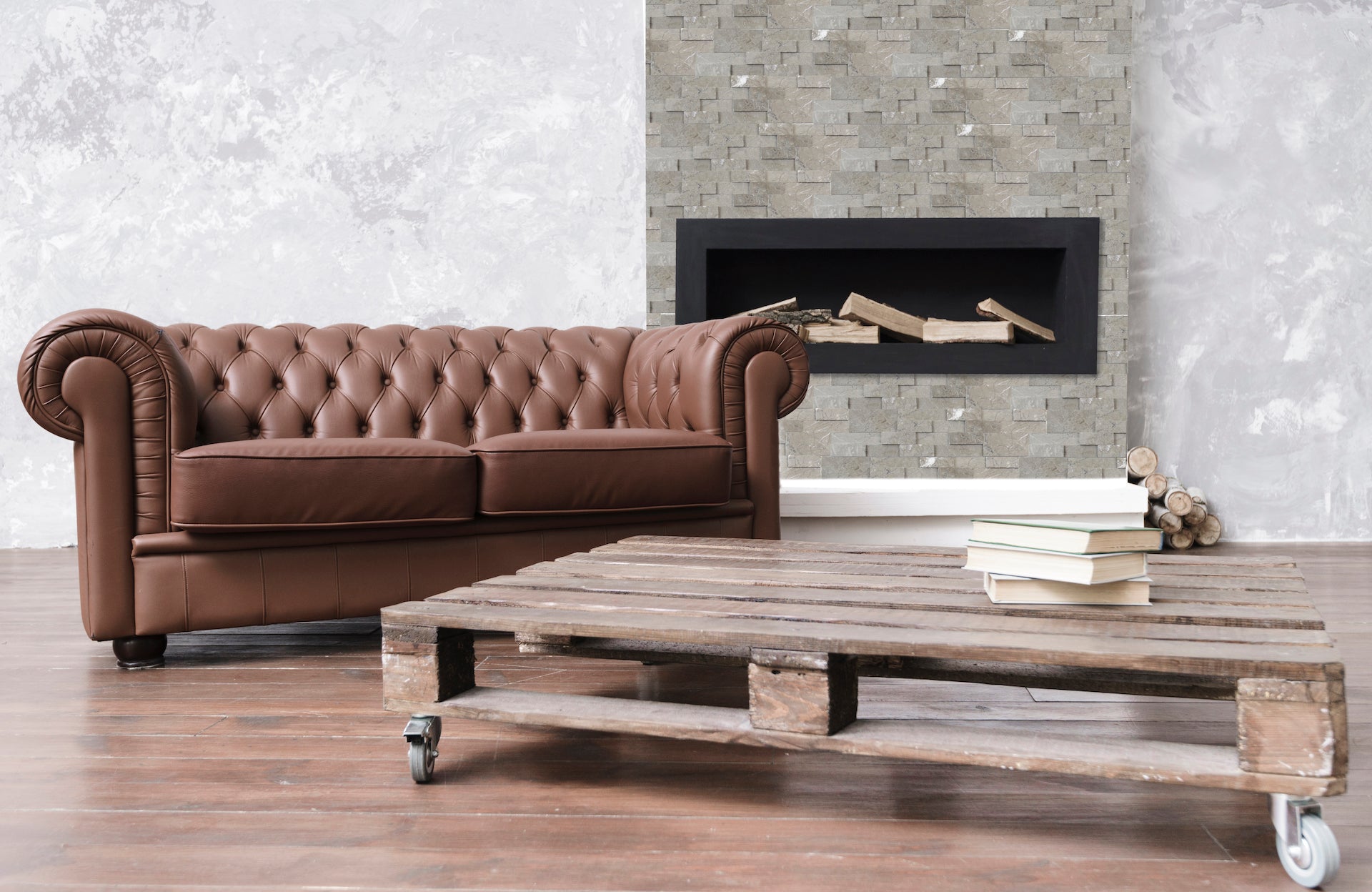
Stone Tile Pavers Wholesaler
TAMPA'S HIGHEST RATED
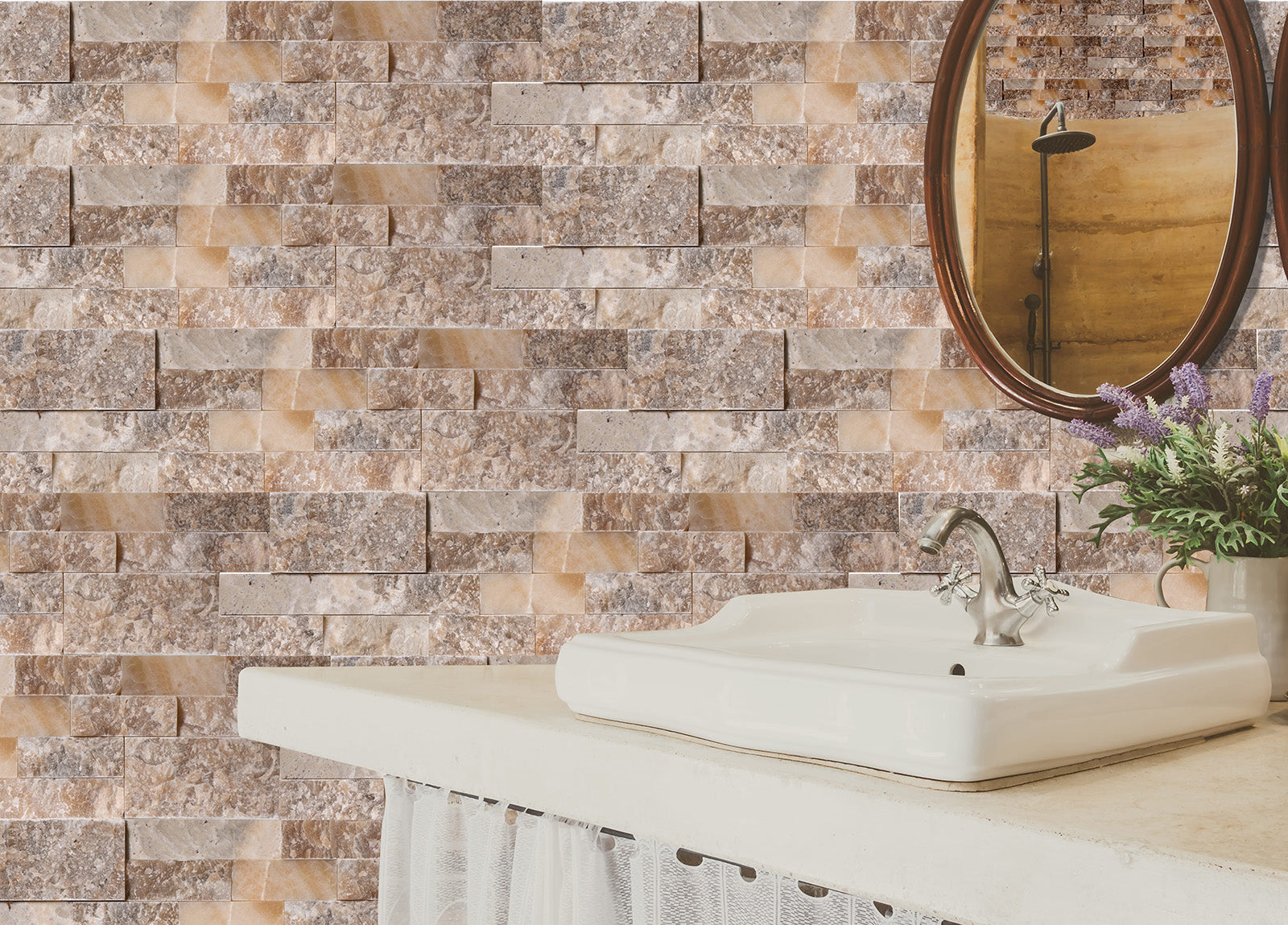
Stone Tile Pavers Wholesaler
TAMPA'S HIGHEST RATED
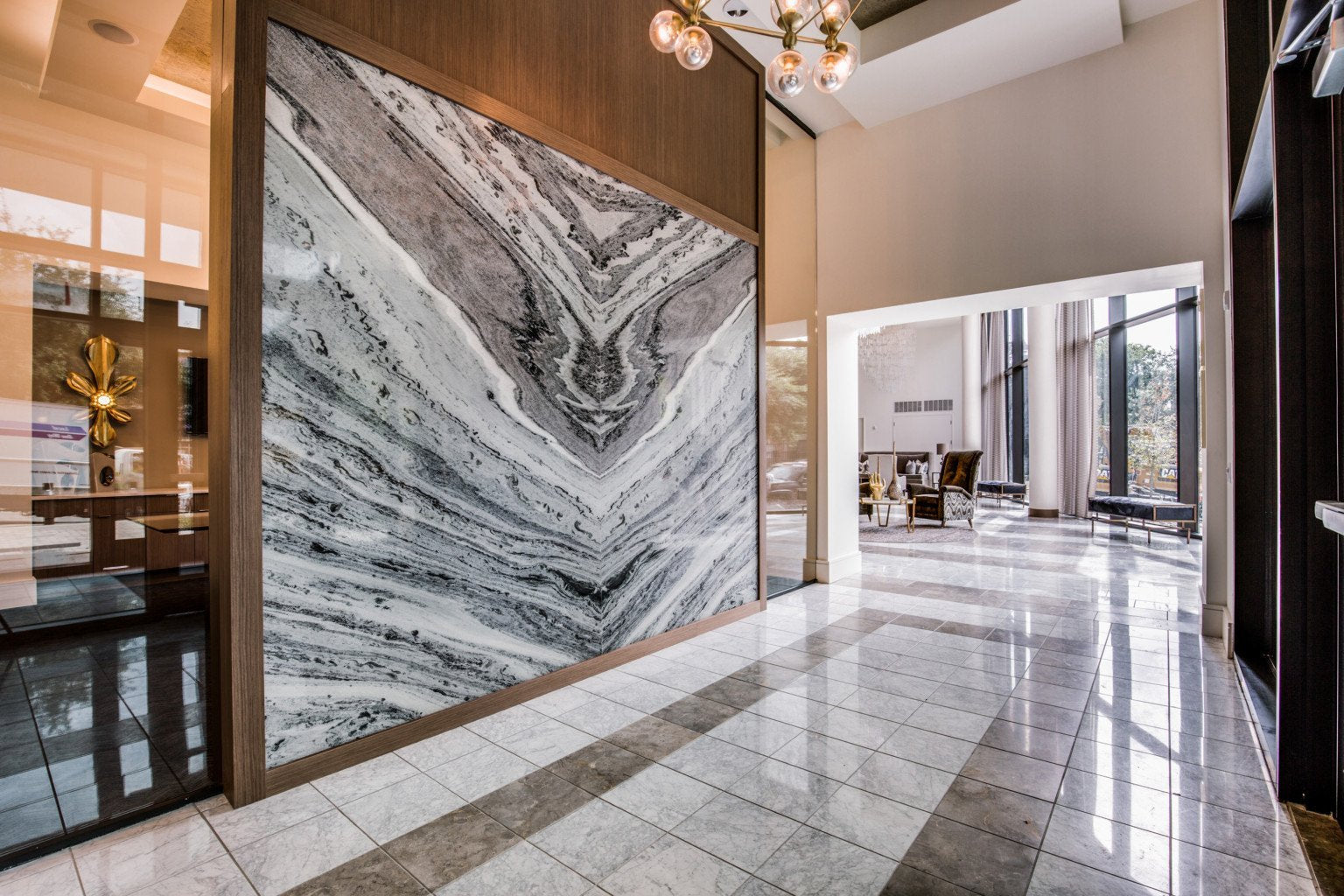
Stone Tile Pavers Wholesaler
TAMPA'S HIGHEST RATED
BUILD YOUR DREAM SPACE
Design Consultation
Do you find it difficult to decide the style or materials to use?
The Design Process
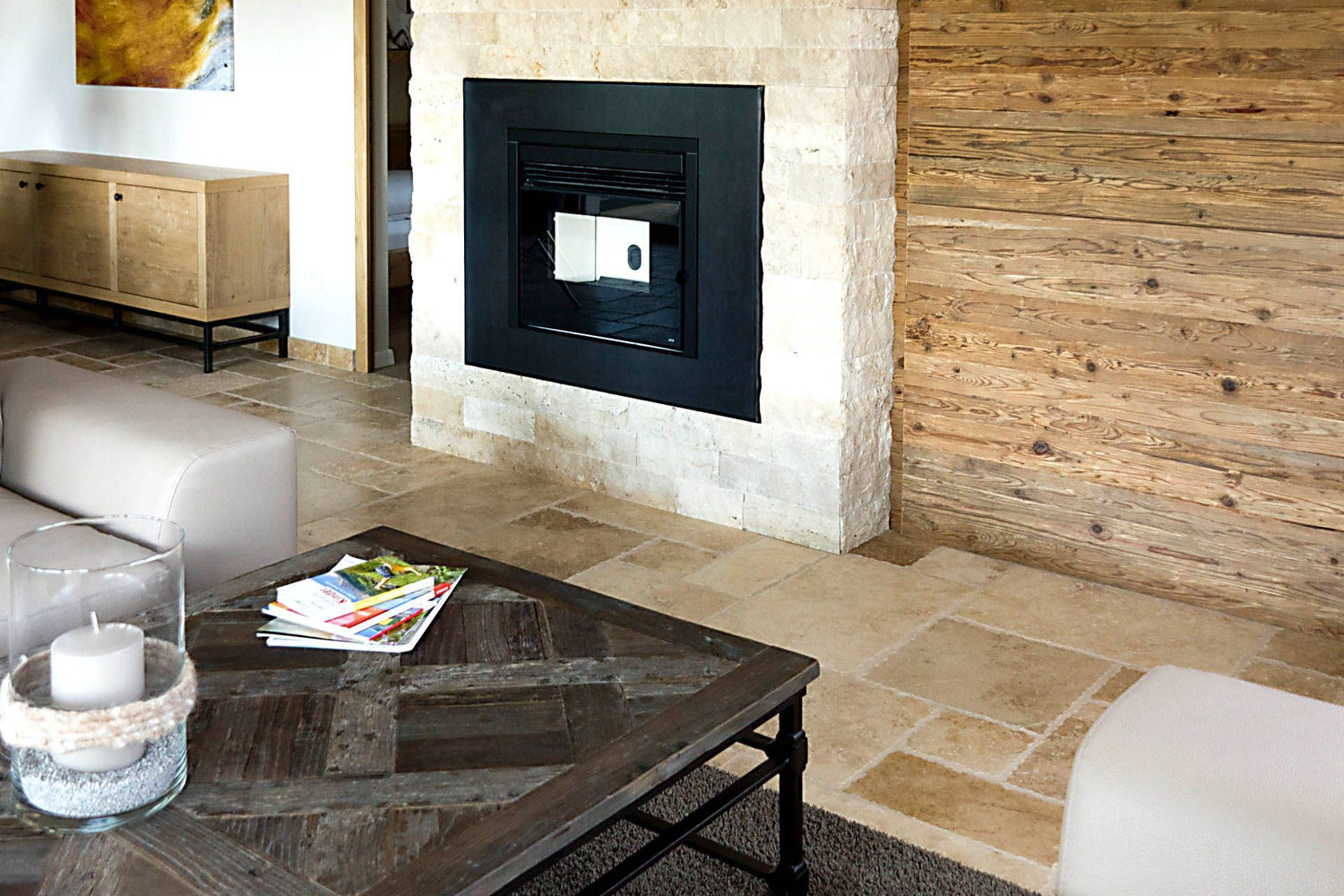
Bring Your Imagination
Look through our gallery and explore our products to get an idea of how you would like to transform your space. Bring your imagination to our table, we will help you transform it into reality.
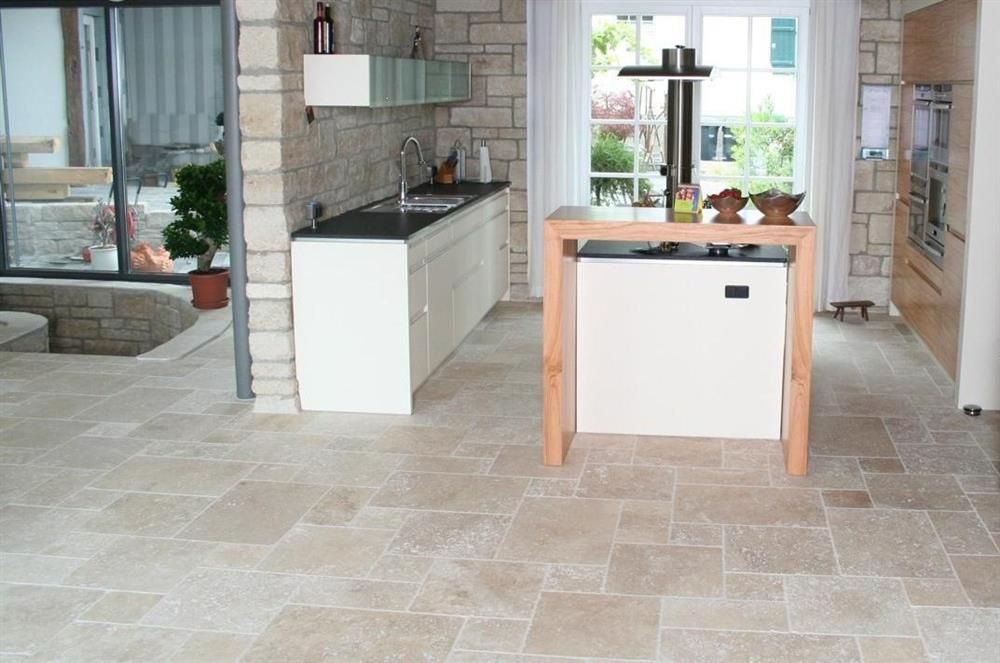
Samples, Lighting, and Current Color Schemes
Bring any samples you may have already collected in your process to redesign your space including: paint swatches, countertop, cabinet, or fabric samples. Also, make note of the colors in the space from the walls to the furniture and the amount of natural or artificial lighting it receives.
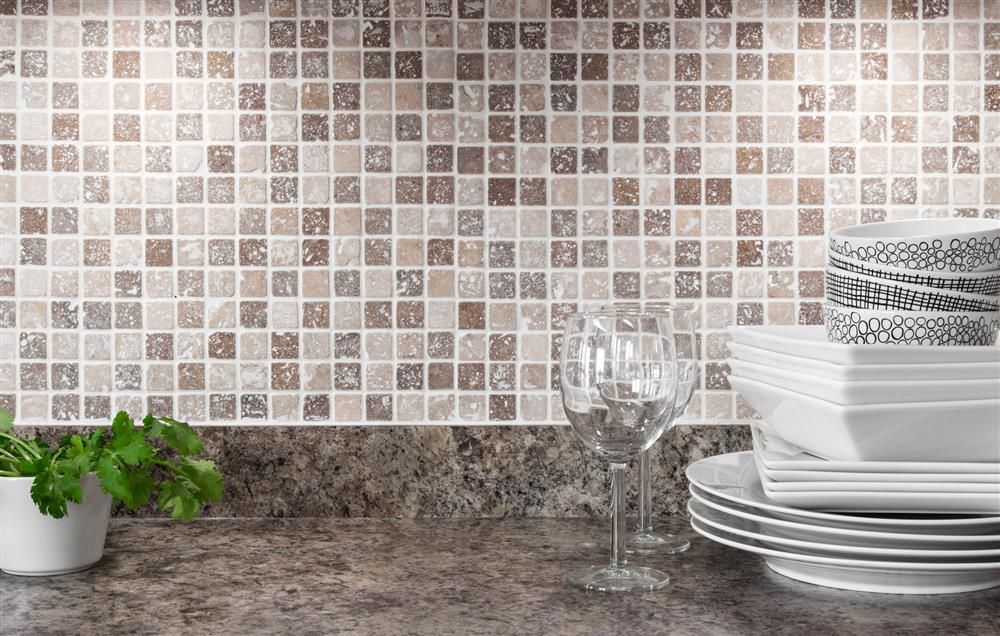
Measurements and Photos
Take a few pictures of your current space and its measurements. This will help us give you an accurate quote for the tiles and/or pavers you are considering for your project.
Homework
We’ll send you home with samples of our amazing tile and paver pieces so you can find the one that works perfectly for your space. Once you have decided on the perfect tile or paver, come back in and get started transforming your space!
BLOG
Harmony Stone
-
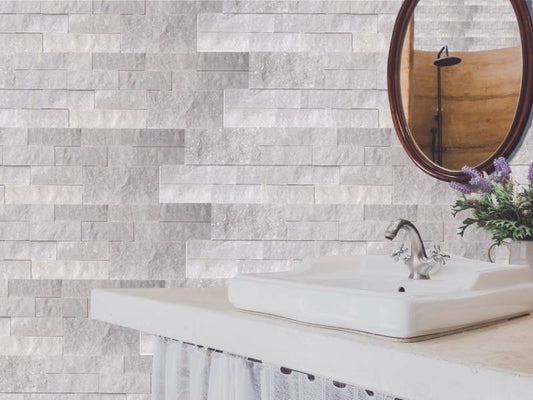
KNOW HOW TO INSTALL SPLIT FACE LEDGER STONE
Different adhesives are preferred according to the type, color and weight of the stone while gluing...
KNOW HOW TO INSTALL SPLIT FACE LEDGER STONE
Different adhesives are preferred according to the type, color and weight of the stone while gluing...
-
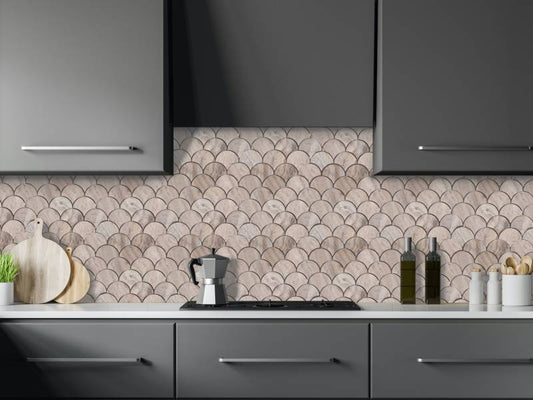
How to Choose Tiles to Make a Small Bathroom Lo...
When looking at different, stylish and useful bathroom designs, striking tile models can make the bathroom...
How to Choose Tiles to Make a Small Bathroom Lo...
When looking at different, stylish and useful bathroom designs, striking tile models can make the bathroom...
-
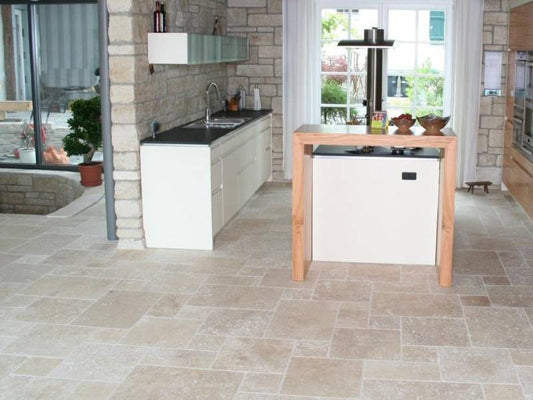
Every Buyer Should Know Before Purchase
Travertine originated from Turkey, although we are able to mine it in our own quarries since Florida is rich in limestone...
Every Buyer Should Know Before Purchase
Travertine originated from Turkey, although we are able to mine it in our own quarries since Florida is rich in limestone...
FAQs
Harmony FAQs
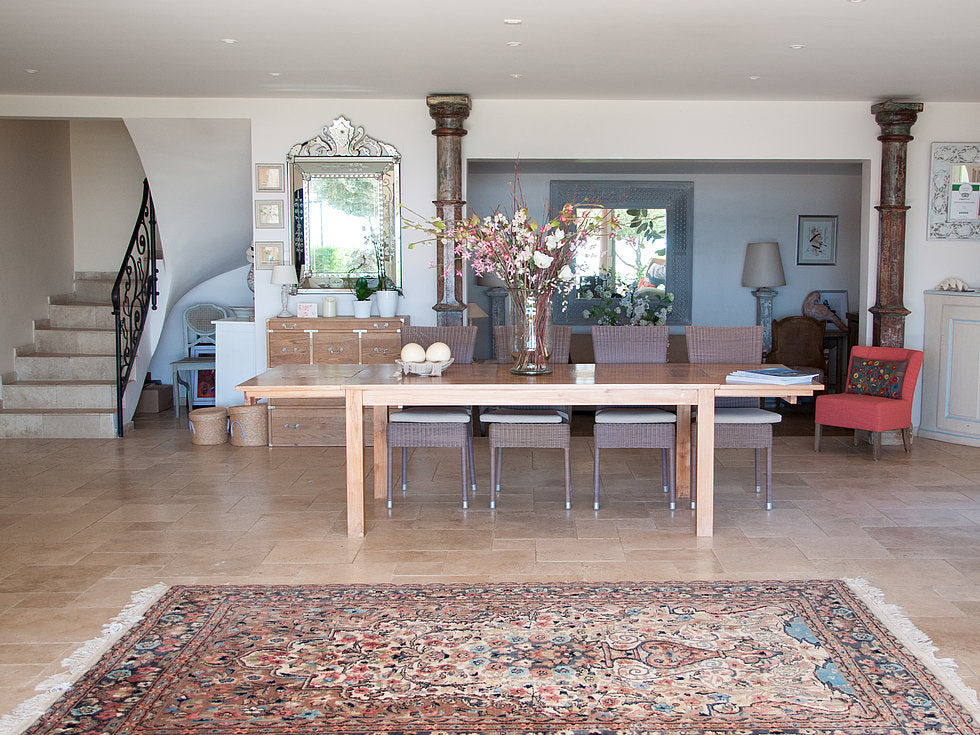
How thick are the tiles?
All pavers are 1 and 1/4 (1.25″) inch thick.
What are French Pattern Pavers?
French Pattern Pavers are a bundle set of the following sizes (1¼” thick): 8”x8”, 8”x16”, 16”x16”, 16”x24”.
What are French Pattern Tiles?
French Pattern Tiles are a bundle set of the following sizes (0.5″ thick): 8”x8”, 8”x16”, 16”x16”, 16”x24”.
Are you open to the public?
Yes, our hours are Monday to Friday 8:30am – 5pm. We are located at 3900 S. 50th Street, Tampa, FL 33619.
What kind of materials do you sell?
We sell natural stone products such as travertine tiles and pavers, marble tiles, mosaics, and pool copings.
What is the most popular travertine color?
Travertine colors range from warm- to medium-toned neutrals.
You’ll find travertine pavers, slabs, and tiles in soft and warm neutral hues, including ivory, gold, beige, brown, rust, and peach. Typically, the color swirls and waves throughout the stone, creating unique patterns that give travertine its timeless beauty.
What are the differences between marble and travertine?
Marble is formed by heat and pressure in the earth’s crust. The metamorphic process from sedimentary rocks causes a complete recrystallization of the calcium carbonate. The combined action of temperature and pressure, during the transformation of the sedimentary rock into marble, leads to the progressive obliteration of the structures and textures originally present in the rock. This process leads to the destruction of any fossil, stratification or other sedimentary structure present in the original rock.
Travertine is formed under additional high pressures and temperatures, in hot springs and limestone caves. The formation of travertine is related to the rise and release on the surface, in correspondence with the outlet of springs, of thermo-mineral waters very rich in calcium carbonate (which represents the main component of travertine). Its birth, due to a continuous and progressive accumulation of carbonate material from the areas of dissolution to those of deposition, led to a sedimentation of these rocks according to parallel horizontal stratifications, sometimes marked by variations in color and diffuse porosity.



